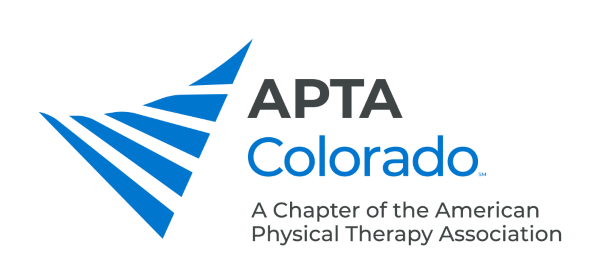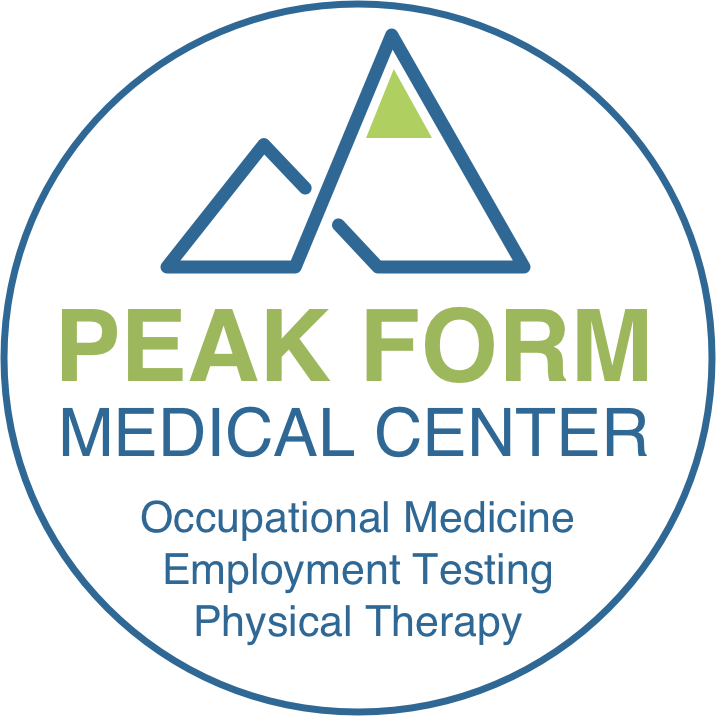First-Ever Exercise Guidelines for RA Treatment Emphasize Physical TherapyAPTA Several APTA members helped create the new guidance on how best to integrate exercise, diet, and other elements into RA management. The MessageIn its first-ever set of guidelines for the use of interventions beyond antirheumatic drugs in the treatment of rheumatoid arthritis, the American College of Rheumatology strongly recommends consistent engagement in exercise and emphasizes the role of physical therapists and occupational therapists in what it believes should be a multidisciplinary treatment team. Authors say that while more research is needed to identify which types of exercise and rehabilitation approaches are most effective, that only underscores the importance of knowledgeable therapists working with patients to identify the kinds of exercises and treatments that are best suited to the patient's own needs and goals. Additional recommendations offer guidance related to diet, cognitive behavioral therapy, acupuncture, thermal modalities, and more. The StudyDevelopment of the guideline began with the establishment of a set of clinical population, intervention, comparator, and outcome questions, which were the basis for a systematic review of the research literature. That team gathered relevant research, evaluated the quality of evidence, and presented an initial report that was reviewed by additional guideline team members as well as a panel of 12 patients with RA. The patient panel added its perspectives and preferences to the review, which was presented to a voting panel. That panel had to reach agreement of 70% or more of panel members in order to arrive at a recommendation as well as establish a level of evidence to support the recommendation. Three members of the patient panel served on the voting panel. The initial review identified nearly 9,000 potentially eligible manuscripts, which were winnowed to 275 that met criteria for use in guideline development. APTA members Anita Bemis-Dougherty, PT, DPT, MAS; Thomas Bye, PT, DPT, MS; Chris Lane PT, DPT; Hiral Master, PT, MPT, PhD, MPH; Carol Oatis, PT, PhD; Daniel Pinto, PT, PhD; Kimberly Steinbarger, PT, MSPT, DHSc, MHS; Louise Thoma, PT, PhD; and Daniel White, PT, ScD, MSc, participated in the development of the guideline. Oatis, Thoma, and White were among the authors of an accompanying editorial. Recommendations and Evidence StrengthThe recommendations are presented in four broad areas: exercise, rehabilitation, diet, and "additional integrative intervention recommendations." Recommendations are identified as either "strong" or "conditional" and include guidance both for and against various interventions. Only engagement in exercise was supported by moderate evidence strength, the single highest strength rating given in this resource. The remaining recommendations were supported by low- to very low-certainty evidence, or were not supported by evidence but were identified by the voting panel as important to include in the guideline. |


